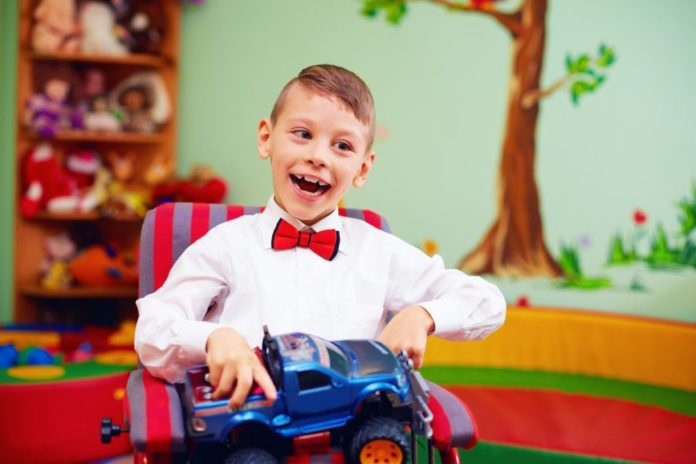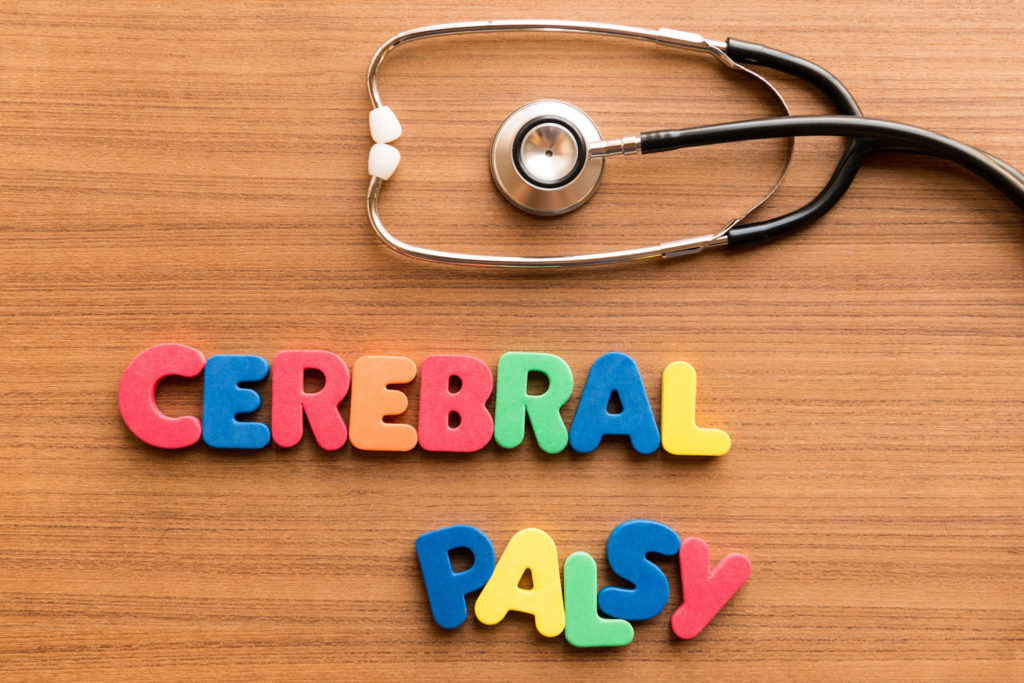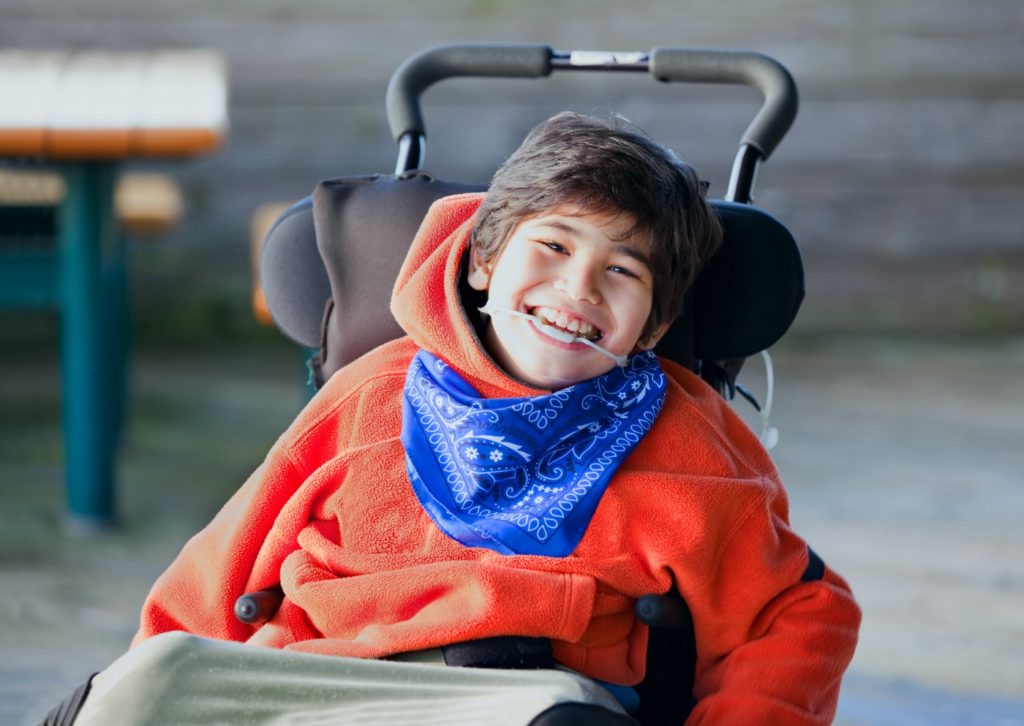
Cerebral palsy is a relatively common motor disability that tends to manifest in childhood. Whether you have a child with cerebral palsy (CP) or are working with the general public on a regular basis, it’s important to understand the basics of this condition—and clear up the misconceptions that get accepted by the broader population.
There Are 3 Types of Cerebral Palsy

First, as RosenfeldInjuryLawyers shares, there are three main types of cerebral palsy:
- Spastic cerebral palsy. This type of CP is associated with stiff muscles and jerky, sporadic movements. It’s also the most common type of CP, with about 75 to 85 percent of children with CP diagnosed with this variety.
- Athetoid cerebral palsy. This type of CP is associated with completely uncontrolled movements, sometimes resulting in a random writhing appearance.
- Ataxic cerebral palsy. This type of CP is associated with difficulty with balance and coordination.
In addition to these main types of CP, it’s possible to deal with mixed-type cerebral palsy, which may include symptoms from more than one of the varieties listed above.
There Are Multiple Risk Factors for CP—But It Isn’t Perfectly Understood
Cerebral palsy isn’t fully understood, but we do know there are some risk factors that could increase your chances of being born with congenital CP. These include:
- Small birth. If a child is born with low weight, they may have an increased chance of developing CP.
- Early birth. Being born prematurely can also increase your chances of developing CP.
- Conception via assisted reproduction. In vitro fertilization and other types of assisted reproduction can be a risk factor for CP as well.
- Maternal issues. Various maternal issues can manifest as risk factors, such as the mother’s health during pregnancy, illnesses during pregnancy, and overall diet and internal chemistry history.
- Birth complications. Complications during birth can also increase the chances of CP. If there are delivery problems or if there’s trauma to the child, CP may be more likely.
Signs and Symptoms of CP Vary

Signs and symptoms of CP vary tremendously from person to person. While we attempt to categorize these and group them to better understand them, even individuals with the same diagnosis can have markedly different outcomes.
Symptoms may begin to manifest during infancy, but may also be on a slight delay, developing during the preschool years as a child begins to move more frequently. It’s often difficult to fully gauge or understand the symptoms since children aren’t able to articulate what they’re feeling, or differentiate it from what’s truly “normal.”
These tend to be some of the most common symptoms:
- Asymmetrical muscle variations. People with CP tend to have severe variations in muscle tone, such as some muscle fibers being too stiff and others being too loose. This affects multiple other symptoms.
- Muscle spasticity. Stiff muscles are frequently associated with exaggerated reflexes and hard-to-control movements; this is known as spasticity.
- Muscle rigidity. Stiff muscles with normal reflexes are known as “rigid,” and can make moving difficult.
- Balance and coordination issues. Various muscular issues can make it hard to perform coordinated movements, and can negatively affect your balance.
- Involuntary movements. CP is also sometimes associated with involuntary movements, such as tremors.
- Slow progression on motor skill development. Infants with CP will develop slower than their counterparts when it comes to motor skill development.
- Asymmetrical favoritism. Some people with CP favor one side of their body over the other.
- Difficulty sucking or eating. Infants with CP will also have trouble sucking and/or eating.
- Difficulty with speech. Speech development problems are also common.
- Difficulty with learning. Though not the norm, some children with CP find it harder to learn than others.
- In some cases, CP is associated with mild to moderate seizures.
The majority of people with CP can walk, learn, and interact with other people normally. They’re frequently active, participatory members of their communities, despite some of their physical limitations.
There Are Many Conditions Linked to CP

Though cerebral palsy is a separate condition, it’s believed to be linked to a handful of other conditions. For example, between 30 and 50 percent of children with CP also experience co-occurring epilepsy. This is most common in children with limited mobility. Some children with CP may also be more likely to suffer from learning disabilities like ADHD, autism, and mental retardation—though this isn’t typical and shouldn’t be assumed.
There’s still a lot we don’t know about cerebral palsy, including the exact root causes of the condition, but these fundamental concepts represent a good baseline of our current understanding. Reach out to the people with CP in your community if you’re interested in learning more about the condition from someone who has experienced it. You may also read more about the condition from legitimate online publications.














